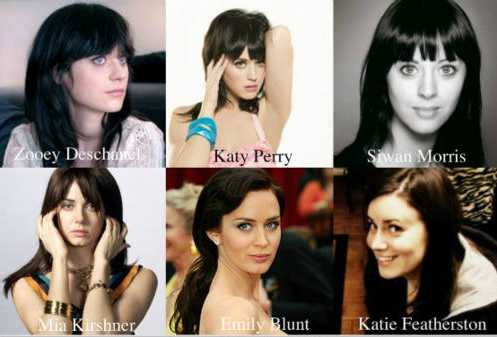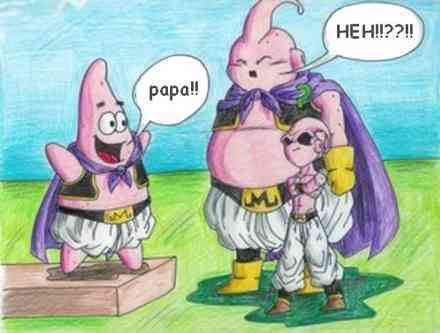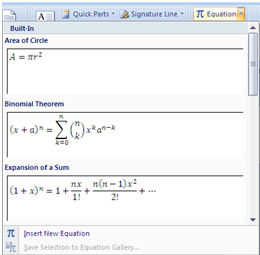Similarity and Architecture
We often compare and contrast things around us. Brand X is better than Brand Y, Actress 1 is more beautiful than Actress 2, Usain Bolt is a faster runner compared to most athletes.
We are also fond of people or things with similarities. We are keen in observing people who look alike, we have a habit of collecting similar things of different colors (or sizes), and we even collect gadgets from a single manufacturer.
Similar things are everywhere. There are cartoon characters that are similar in some ways. Those who do not recognize them would mistake them as family despite their different origins. Buu and Patrick, for example, are like “uncles”, yet Buu was a violent alien, while Patrick has always been an amiable and friendly Starfish.
» Read more



